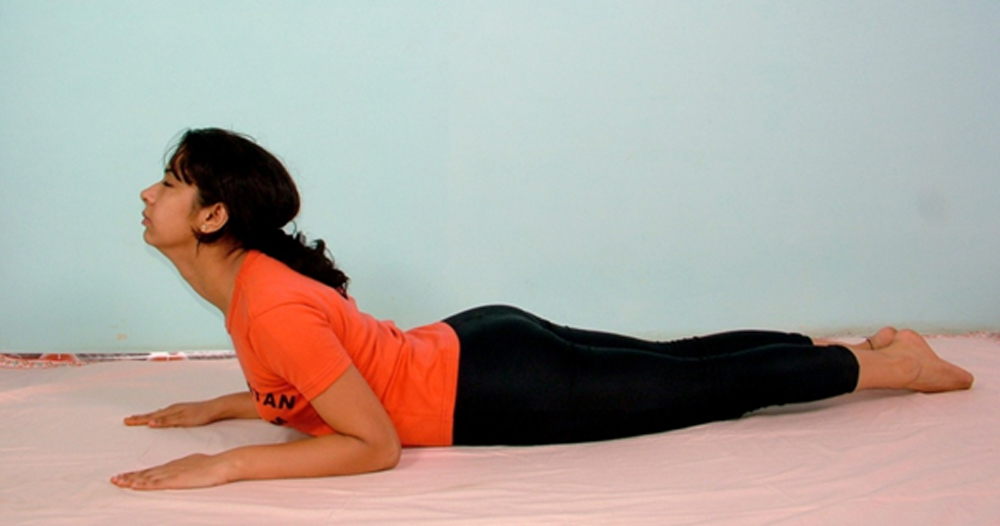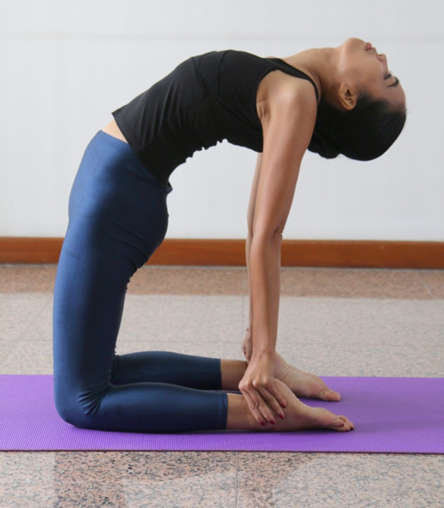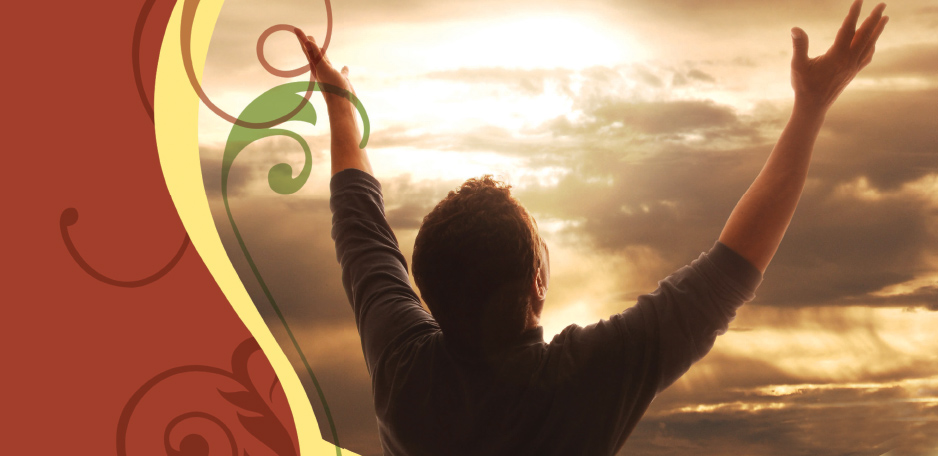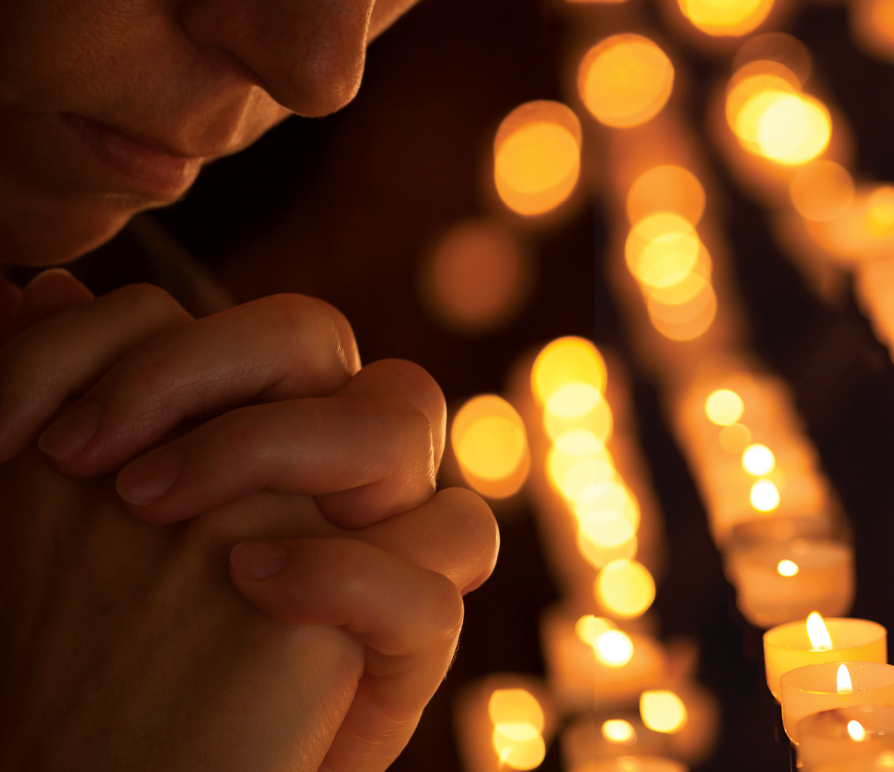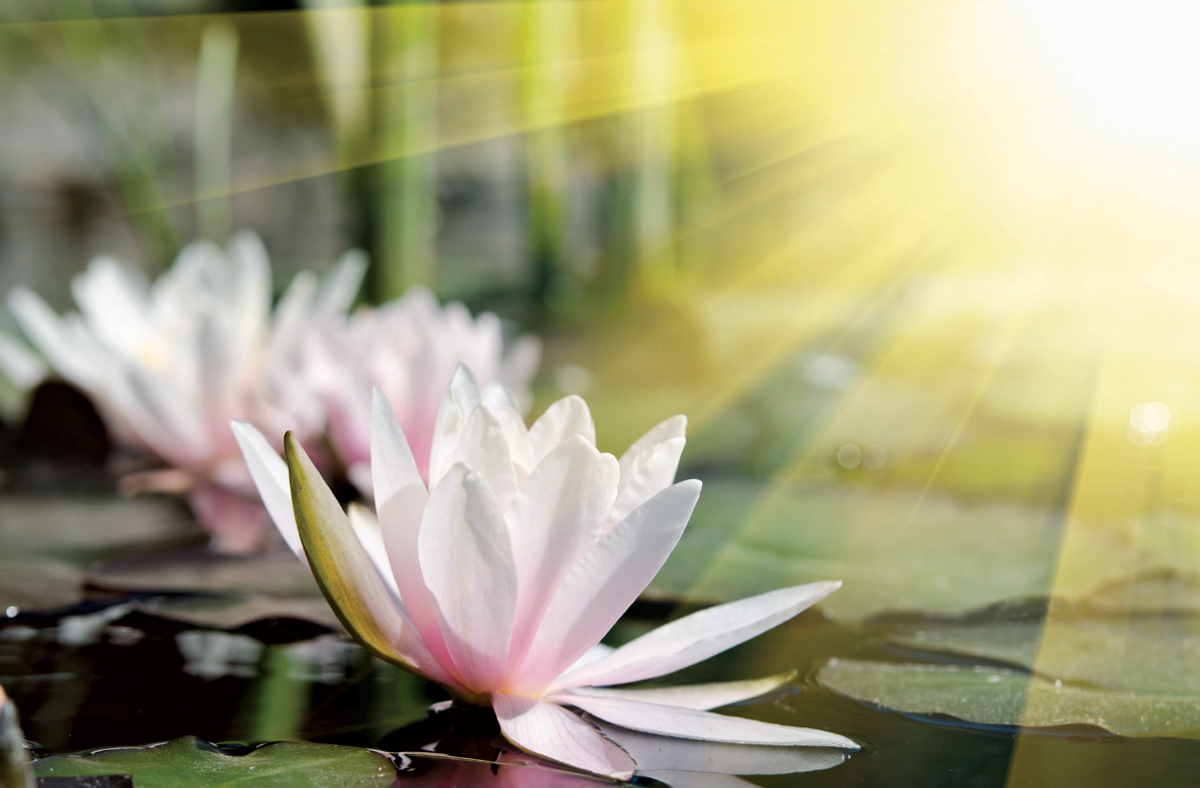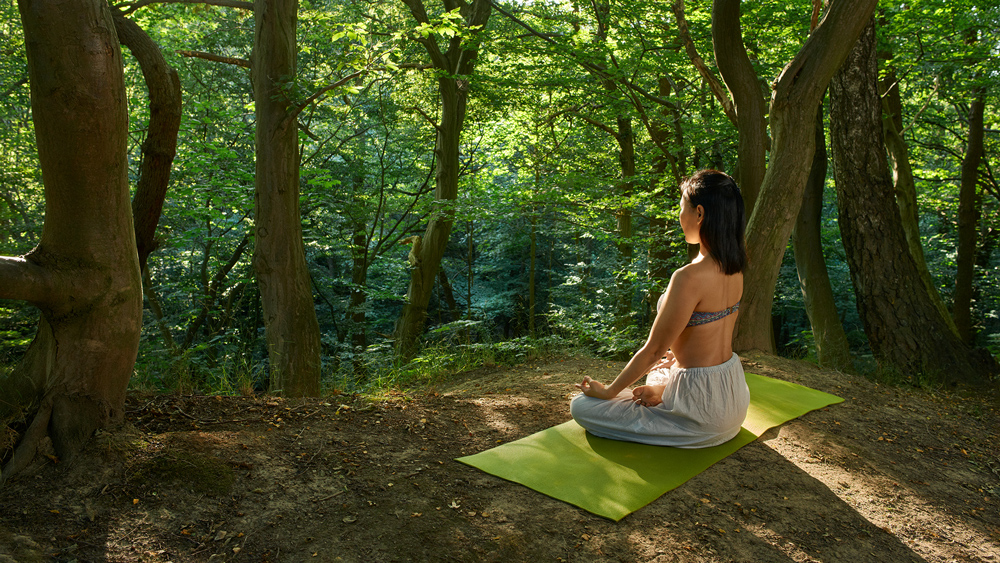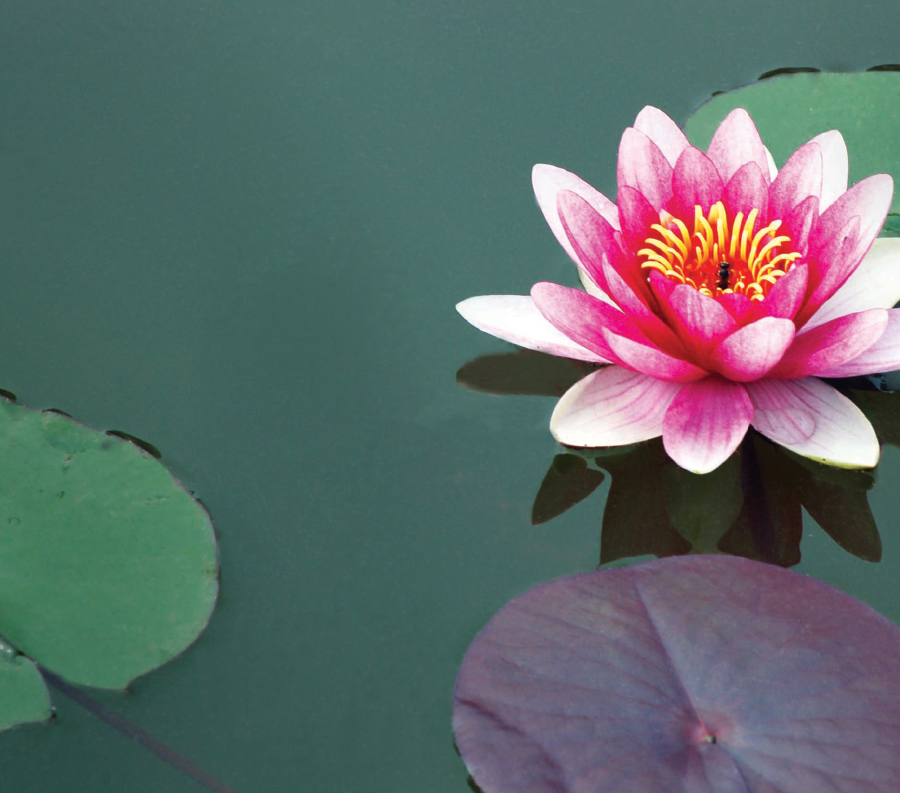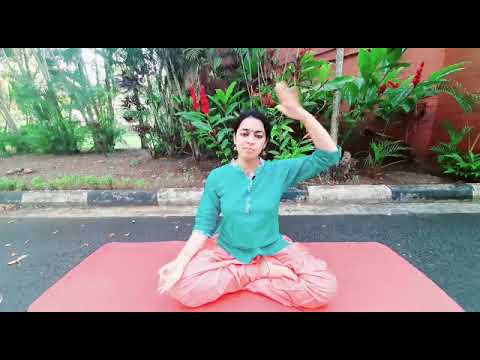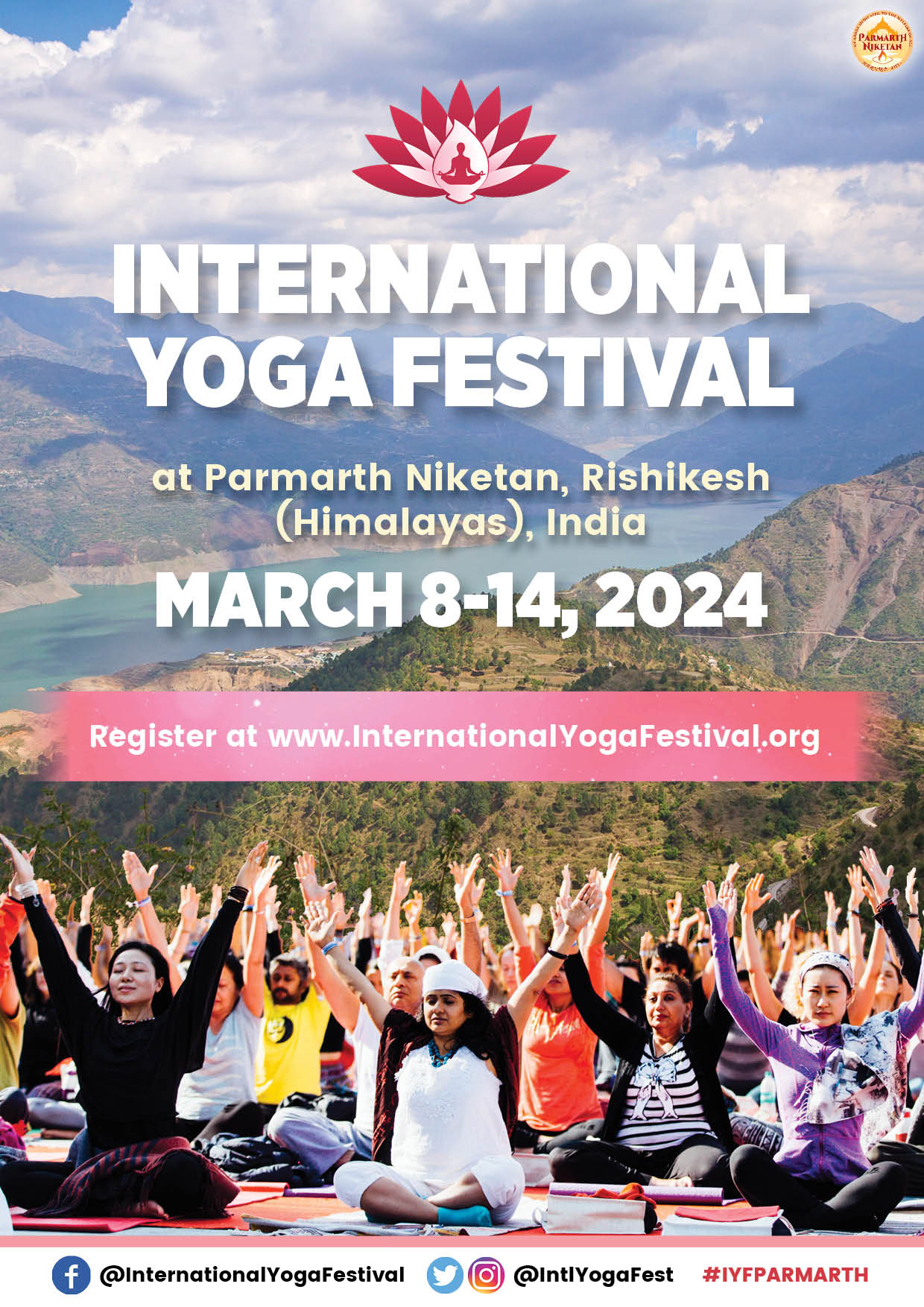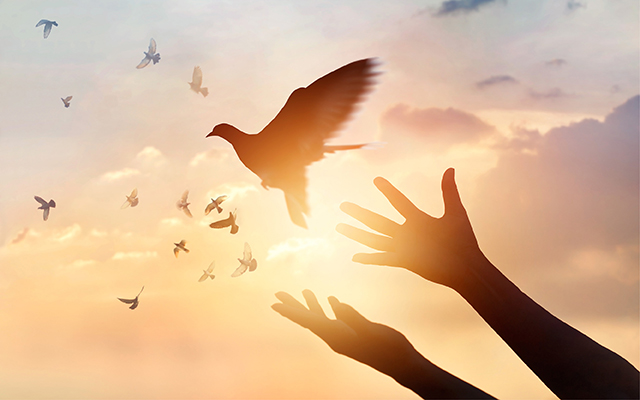“I think I’m the most important person in the world, but nobody else thinks it’s about me, time doesn’t think it’s about me, space doesn’t think it’s about me, the planet doesn’t think it’s about me,” says Prof. Robert Thurman in our book, Be The Change. “It doesn’t take much to get the message that it’s actually not about me! But if somebody comes and steps on my toe or wants to take away my strawberries, then suddenly it’s all about me again!”
Everyone talks about the ego: ego trips, healthy ego, negative ego, big ego, get rid of the ego, even kill the ego. But is there such a thing? or is the ego just a version of our hyper inflated need for security in a world of apparent threats?
The ego is the “me” bit that gives us a false sense of ourselves. This is not necessarily good or bad, except when selfishness dominates our thoughts and perceptions. a positive sense of self gives us confidence and purpose, but a more negative and self-centered ego makes us unconcerned with other people’s feelings; it thrives on the idea of me-first and impels us to cry out, “What about me? What about my feelings?”
The more the ego rules, the more it makes ‘me and my opinions’ the most important. There is no limit to the damage a powerful ego can cause, from the arrogant conviction that our own opinions are the only right ones and everyone should be made to agree, to wielding and abusing responsibility and authority at the expense of other people’s lives and freedoms.
![]()
“The ego is not ‘a thing’ like your ribs, your feet, or your prefrontal cortex. Rather, the ego is an underlying biochemical state of stress and insecurity in our perceived as threatening dog-eat-dog world,” writes Brian Jones, neuroscientist and mindfulness trainer. “The ego response is a primitive, reptilian brain caveman response to the world; largely the opposite of the heart-centered mindful response of compassion, empathy and insight.”
Negative and positive
A strong self-centered ego is only one expression, for the ego can be equally as powerful in a negative form, seen in those who are always bringing attention to their woes, to “poor me,” or who think they are powerless and worthless, as this is just as self-centered. The purpose of the ego is to be in control, so it makes us believe we are the cleverest, best informed and most important as easily as it makes us feel unworthy, unlovable, and certainly not good enough to be happy. The “poor me” ego is just as big as the “I’m so powerful” ego.
“I think the main issue is the negative ego,” says Mingyur Rinpoche. “If we do not understand other people’s feelings, their suffering or behavior, then what we perceive, what we are concerned with is only our own self and image; if we feel insecure, then our ego becomes even bigger in order to protect us.”
Fostering the delusion that only “I” is important, that me and mine must come before us and ours, we believe we are something, that this “I” is solid, different, special and unique, separate from everything and everyone else. Such a misguided sense of self is the root cause of much distress, both in our own lives and in the world: wars are fought, families split, and friends forgotten in its name.
Can you believe how we spend our lives protecting, defending and believing this deluded sense of self, while we miss a life of meaning, joy, and caring about others? When we become aware of our essential unity and oneness with all beings then the deluded ego that thinks it is the boss, actually loses its job. It will, therefore, do whatever it has to in order to perpetuate its employment.
Hypothetically, all we need to do is let go of the focus on “me”, of our sense of separateness, our need for distinction, the grasping and clinging to our story. But this is far easier said than done! In India, the ego is represented by a coconut, as this is the hardest nut to crack. Traditionally, the coconut is offered to the guru as a sign of the student’s willingness to surrender or let go of self-obsession. Such a symbolic gesture shows that the ego is considered to be a great obstacle on the spiritual path and an even greater impediment to developing true kindness and compassion, for it’s a perfect servant but a terrible master.
Creating the illusion that we are the dust on the mirror, the ego ensures that we believe we could never be so beautiful as the radiant reflection beneath the surface. Yet how extraordinary to believe that we cannot be free when freedom is our true nature! We forget the difference between being powerful in the sense of being egotistic and controlling, and being powerful meaning full of loving kindness. True power is not self-centered, corruptive or abusive but transforms greed into generosity, fear into confidence, self-centeredness into other-centeredness.
How is meditation revolutionary?
“Biologically, the ego, as well as our personality, thoughts and emotions are really run by the energy of our autonomic nervous system” says Brian Jones, “which is either in a stressed, self-centered, fearful state called the Sympathetic Response, or a secure, relaxed, generous state called the Parasympathetic Response.”
Through mindfulness, meditation, and awareness practices we restore the balance and equilibrium of the “stress response” and the “rest response.” In other words, being still and quiet, as when meditating, enables us to see how easily we buy into the delusion of self-importance, how dominating the ego-self can be, and how to engage greater awareness and kindness.
This is revolutionary. a revolution brings change, just as mindfulness and meditation bring change, by deepening our awareness and understanding. Mindfulness transforms us by balancing the nervous system, turning fears and worries into ease and confidence, uplifting our mental and emotional patterns, and shifting the way we habitually interact with ourselves and our world, so we see life through new eyes. a revolution is also a turning around, and in this case it is a turning around from facing outward toward self-centeredness and distraction to facing inward toward our own true nature.
Through mindfulness meditation we experience an uplifting transformation of mind, body and emotions that create, both immediately and continually, a radical shift in the fundamental patterns of the nervous system. This has a radical effect on the ego. The “you” that goes in one side of meditation is not the same “you” that comes out on the other side!
![]()
Anything other than being here now
In a radio interview we did recently we talked about the profound benefits of meditation. deb said, “Mindfulness meditation brings change simply by our being fully present and completely aware of just this moment.”
Which is absolutely true, as in this moment the ego has no control over us. But being fully in the present can be slippery, elusive, we want to be in Hawaii, start planning a shopping list, relive a disagreement with our partner, get distracted by the sound of the mailman outside or an aching knee. The possibilities are endless – all the ways the ego-mind can do something, anything, other than be present.
On average we live either in what-could-have-been, what-might-have-been, or if-only, or in the expectation of what-could-be or what-might-be. For no matter how much we try, plan, plot, arrange, have things to do, leave the house at the same time each day, arrive at the office at the same time, or pick up the kids at the same time, it is very difficult to just be with what is in this moment.
We used to live next to a wide river in devon, England and walked beside it each day. It was silent in its passing but as much as it looked like the same river, even the same water, it was constantly changing—the water was never the same as even the second before. Likewise, we may look like the same person but the cells in our body are forever forming, growing and dying; we are continually changing and renewing in every minute, we just aren’t aware of it.
Realizing the past is already gone and can never be relived, while the future is always ahead of us and consistently unknown, the only logical way is to be present with what is, whatever it is, as it is. Contrary to common belief it can be immensely liberating to actually have nothing going on, to discover that the entire universe is contained in this very moment, to realize that nothing more is required than to just be aware and present. What a relief! Finally, we can live without expectation, prejudice or longing, without the desire for things to be different than they are!
Being present invites a deep sense of completion, that there really is nowhere else we need to be or go. It’s impossible to think of somewhere else as being better for the grass is vividly green exactly where we are. It’s impossible to be deluded about our grandiosity for there is just this. and being fully here is totally wonderful! a participant at one of our seminars once asked Ed if he had ever experienced another dimension. Ed replied, “have you ever experienced this one?”
![]()
Mindfully meditating in the moment
Mindfulness is very simple yet its effect is far-reaching. It takes us from the busy, chattering, monkey-like mind that is focused on external distraction and constantly needs reassurance, to the relaxed and easeful mind that is internally focused on clarity and awareness.
Right now, pause for a moment and take a deep breath. as you breathe out, notice how your body feels, the chair you are sitting on, and the room you are in. That’s all. It only takes an instant to be present. or, as a way of reminding yourself, put post-its in strategic places around your home (on your bathroom mirror, the fridge, the inside of the front door, etc.) that say things like: NOW is the greatest moment, Be here now; Stop, Smile and Breathe; only this Moment Exists; There Is Just now!
Mindfully meditating on the flow of your breath naturally brings you into the present moment, while also bringing your awareness to look inward, rather than looking outward. The breath is just breathing, and yet it is never the same, each breath is completely different to the last one.
Practice: being and breathing meditation
Sit comfortably with your back straight, hands in your lap, eyes closed. Spend a few minutes settling your body, being aware of the room around you and the chair you are sitting on.
![]()
Now bring your focus to your breathing. You are not controlling your breath or doing the breathing, but just watching the natural movement of air as you breathe in and out. Silently repeat, “Breathing in, breathing out.”
Stay with watching your breath. If your mind starts to drift just see your thoughts as birds in the sky and watch them fly away. Then come back to the breath.
Anytime you get distracted, bored, or lost in thinking, just come back to the breath, to this moment now. Silently repeat, “I am here, I am now, I am present! I am here, I am now, I am present!”
You can do this for a few minutes or as long as you like. When you are ready, take a deep breath and let it go, open your eyes, and move gently.
![]() Ed and Deb Shapiro have been teaching and writing about meditation for over 25 years and are the co-creators of Revolutionary Mindfulness along with Brian Jones. They are the authors of Be The Change: How Meditation Can Transform You and The World, with forewords by The Dalai Lama and Prof. Robert Thurman – winner of the Nautilus Gold Book Award. They host a live radio show: Going Out Of Your www.edanddebshapiro.com
Ed and Deb Shapiro have been teaching and writing about meditation for over 25 years and are the co-creators of Revolutionary Mindfulness along with Brian Jones. They are the authors of Be The Change: How Meditation Can Transform You and The World, with forewords by The Dalai Lama and Prof. Robert Thurman – winner of the Nautilus Gold Book Award. They host a live radio show: Going Out Of Your www.edanddebshapiro.com

